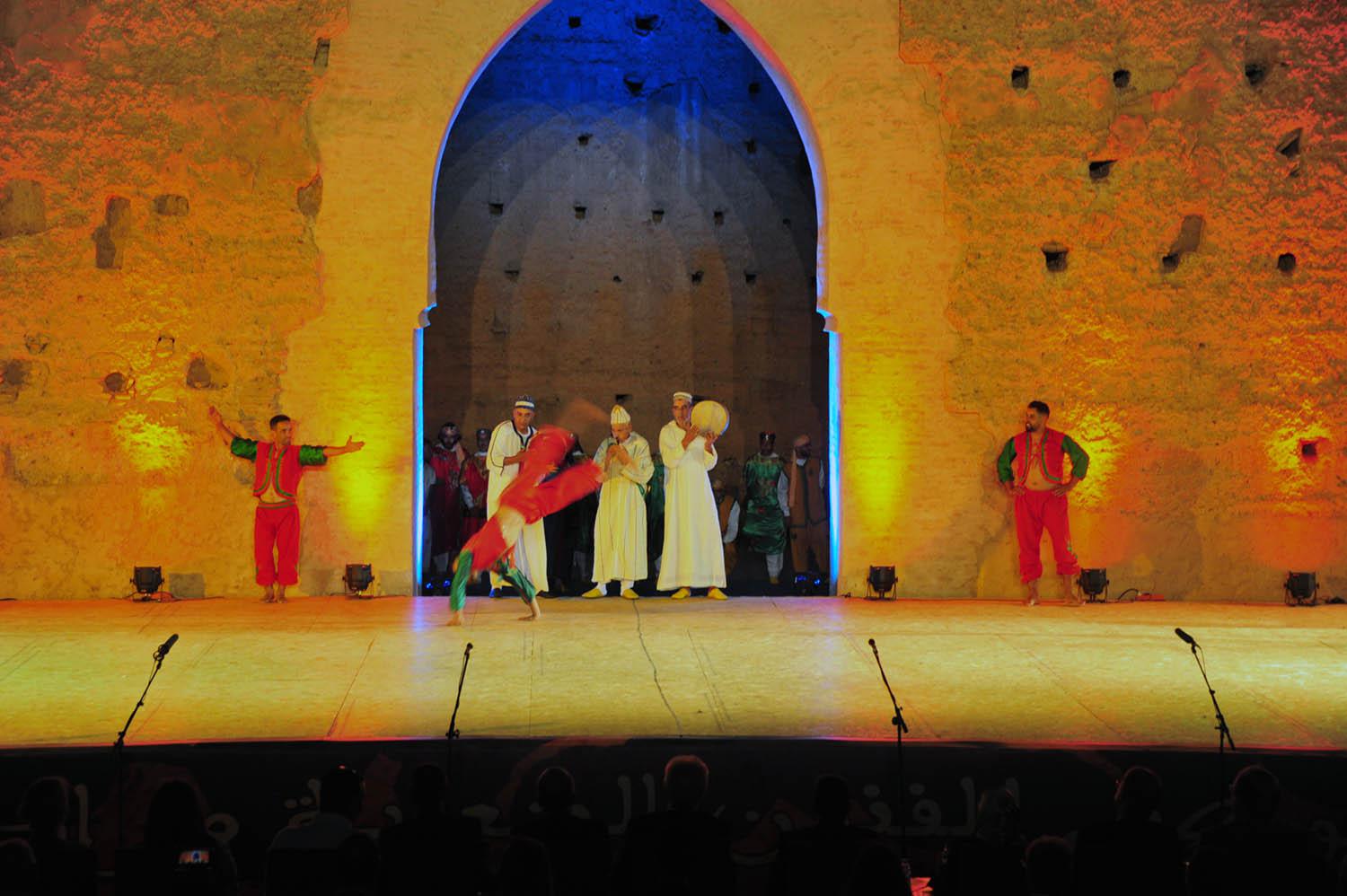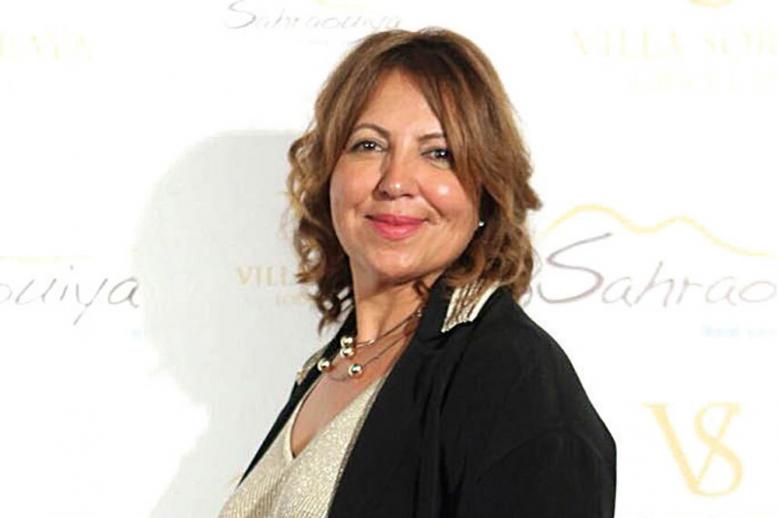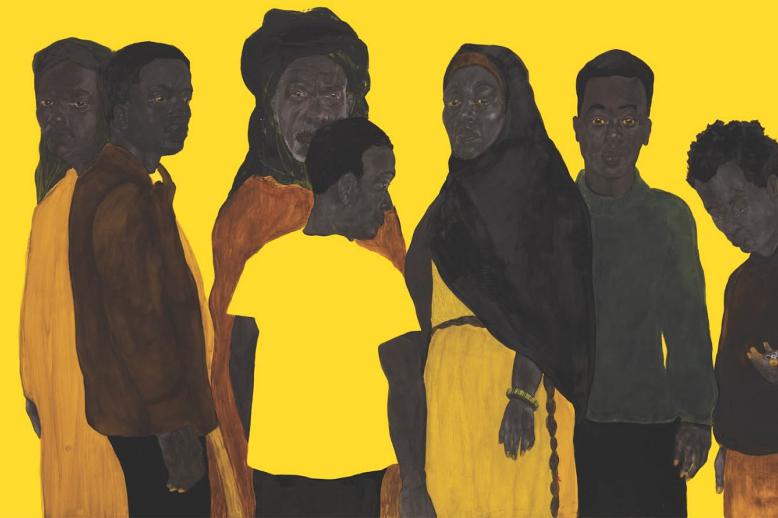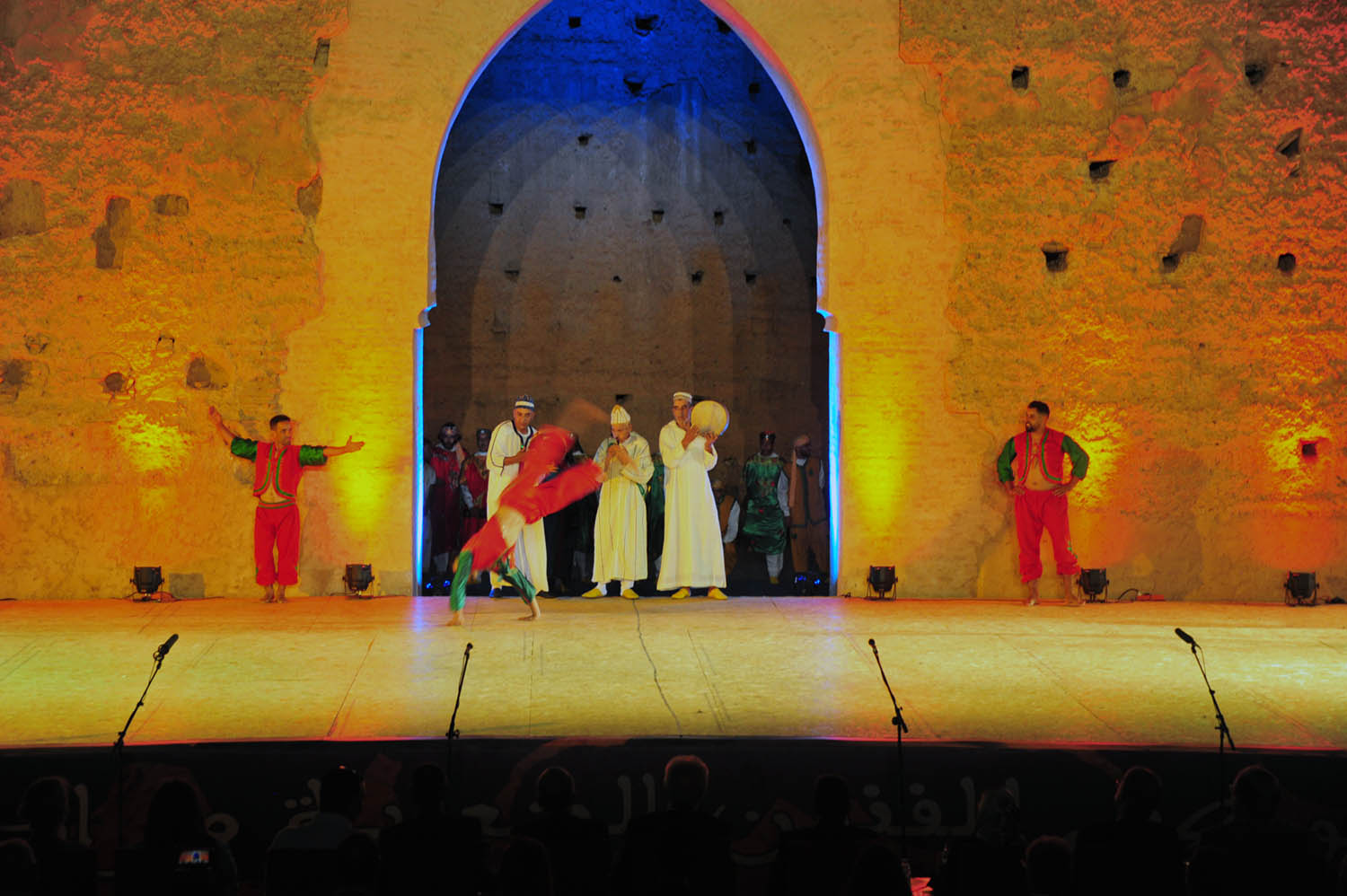
Spectacular performance by popular artists at Marrakech’s Badii Palace
MARRAKECH - The first show of the National Popular Arts Festival (FNAP) in Marrakech saw on Saturday night a spectacular performance of all troupes at the historic Badii Palace, taking spectators to a journey of Morocco’s different regions.
Ouled Hmad-ou-Moussa acrobats, dressed in their classical red and green costumes, opened the show with acrobatic jumps, somersaults and body twists to the beats of the bendir (frame drum) and the sounds of the traditional flute.
Gnawa from the Marrakech-Safi region led by Maallem Abdelkbir Marchane, followed suit with a rhythmic dance.
The FNAP paid tribute to Marchane for his prolific career spanning over 50 years in Gnawa music.
“It’s an honour for me to recognise my long career in this festival. I hope my legacy will be that I was a very good and dedicated artist who succeeded in preserving the Gnawa music heritage,” said Marchane.
Haj Hachmi Chourki from Haouzi troupe for Aita art and late Abderrezak Belmqeddem of Daqqa Marrakchiya were also honoured by the festival.

Dozens of troupes then lined up to perform their songs and dances, showcasing Morocco’s diversity and richness of its Arab, Amazigh and Sahrawi folklore that reflects the North African kingdom’s centuries-old music heritage.
“I am really impressed by the spectacular show that represents Morocco’s opulent and authentic heritage,” said a spectator.
“All of Morocco’s popular arts in one place. What more can you ask for?” she added.
The 51st edition of the festival, which is organised by the Ministry of Culture and Communication and the Grand Atlas association July 1-5, is seeing the participation of dozens of traditional music troupes from across Morocco besides Spain which is this year’s guest of honour.
Declared by UNESCO a masterpiece of the intangible cultural heritage of humanity, the festival is privileged by its openness to all intercultural approaches.






